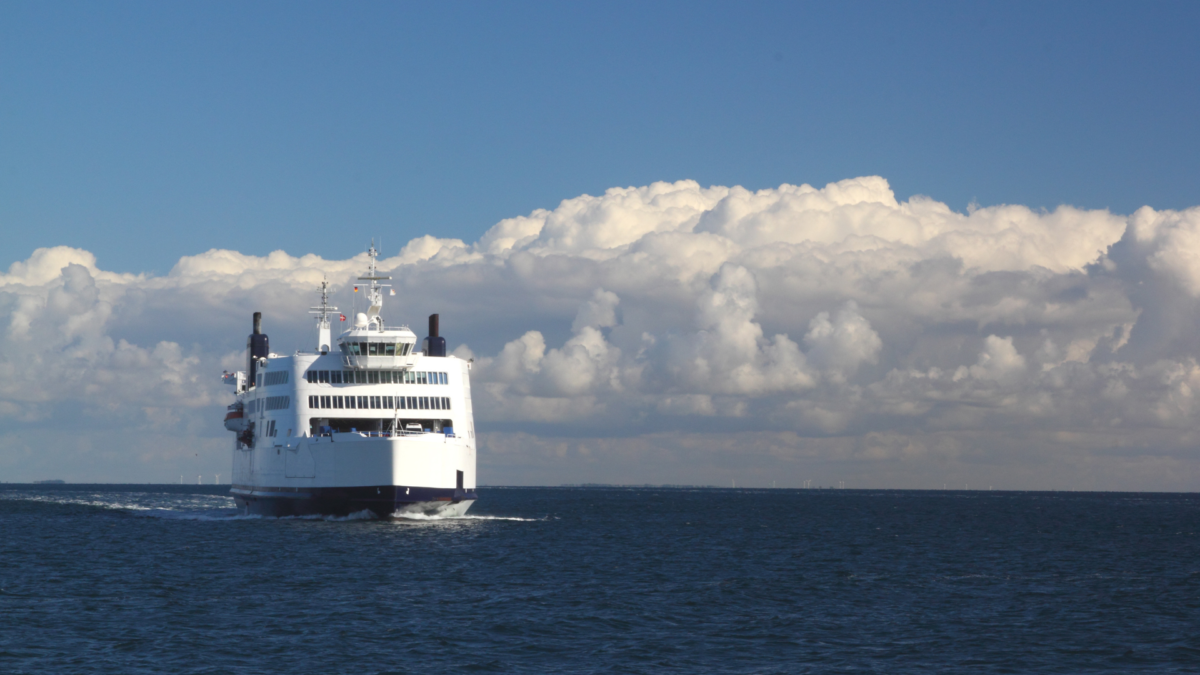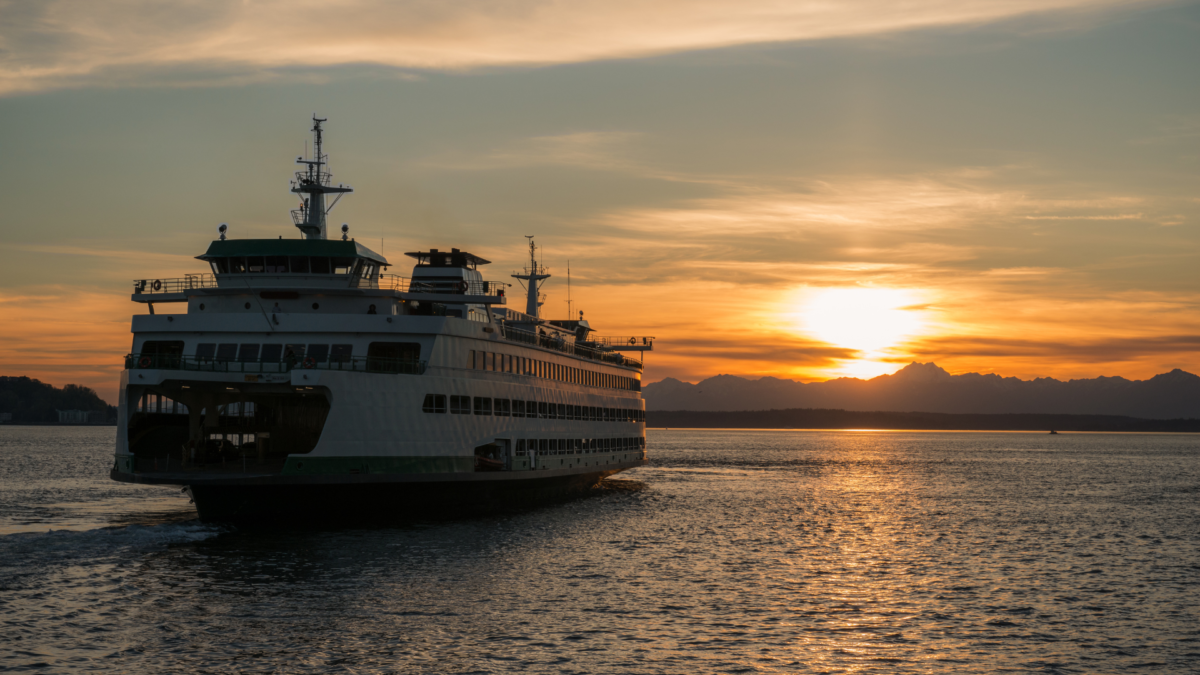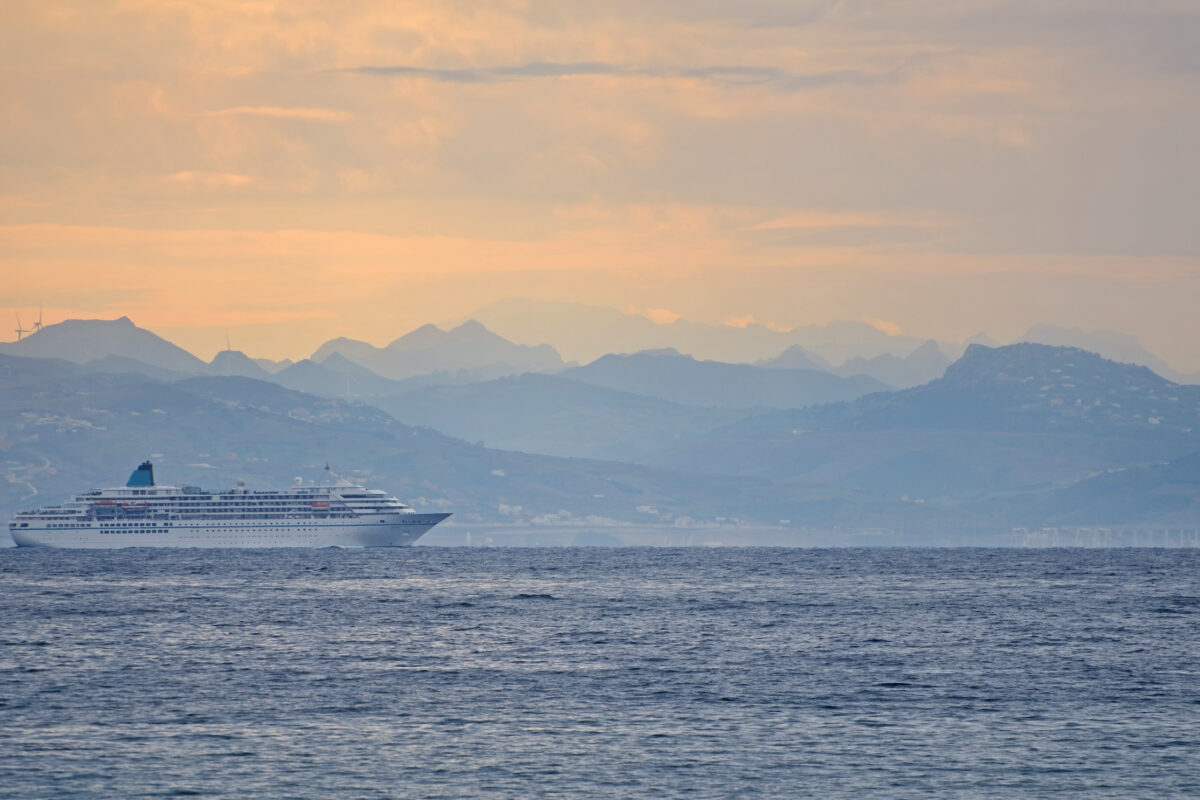One of the most convenient ways to get from the Iberian coast to Africa is to travel by car to one of the ferry terminals. From there, you can cross to Morocco comfortably and in a relatively short time. Ferries carry passengers and vehicles, providing easy and convenient transport.
Ferry connections between Spain and Morocco are available all year round, enabling amazing trips to Africa. The main Spanish ports serving routes between the continents are: Algeciras, Tarifa, Motril, Almería, Barcelona. The journey is made from the Iberian Peninsula to one of the ports in Africa: in Tangier (Tangier Ville and Tangier Med), Al-Husayma and Nador. In addition, it is also possible to take a connection from Gibraltar. In order to better plan your trip, it is worthwhile not only to verify ferry timetables in advance, but also to check the prices of the various operators and the frequency of connections.
Interestingly, at its narrowest point, the distance between Spain and Morocco is just 14 km (about 8 nautical miles). This makes it quicker to get from the Spanish coast to Morocco than… from one end of Warsaw to the other. The route Tarifa – Tangier Ville is about 17 nautical miles (31 km), while Algeciras – Tangier Med is about 16 nautical miles (30 km). It is worth remembering that Spain is connected by regular sea lines to the UK, Italy, Morocco and Algeria.

Algeciras-Tangier ferry
Currently, the ferry route between Algeciras and Tangier is one of the most popular. The sea trip takes on average around 1.5 hours and ticket prices start at around €17. The route is usually served by 5 ferry operators: Baleària, Trasmediterránea, FRS Iberia DFDS, Naviera Armas and Africa Morocco Link (AML). More than 20 sailings per day are usually available on the route to Tangier Med. However, it is important to bear in mind that it can be challenging to get on board without prior booking. Seats often run out quickly, especially during the high season.
Tarifa-Tangier ferry
The ferry from Tarifa to Tangier is one of the fastest modes of transport. Travellers can set off from the port of Tarifa in Spain and reach the port of Tangier Ville, located right in the city centre. The sea journey usually takes an hour and tickets for this route cost around €40. The ferry operators currently serving this route are FRS Iberia DFDS and Intershipping. The frequency of ferries between Tarifa and Tangier is approximately 5-9 sailings per day.

Almeria-Nador ferry
It takes longer to travel from Almeria to Nador, as the ferry trip takes around eight hours. This is one of the most popular ferry routes, connecting mainland Spain and Morocco. There are 1-3 sailings per day. This route is served by Naviera Armas, Trasmediterránea and Baleària and ticket prices vary around €60.
Barcelona-Tangier and Barcelona-Nador ferries
Ferry crossings from the Catalan capital are slightly less frequent. It is possible to travel to Morocco from Barcelona 1-2 times a week. The service from the Spanish coast to Morocco is operated by the operator GNV, with fares starting at around €66. The journey from Barcelona to the Moroccan port of Tangier Med takes between 28 and 37 hours.
Ferries between Barcelona and Nador run with similar frequency – around 1-3 times a week. The journey on this scenic route takes around 31 hours and ticket prices start at €70. The cruises are operated by operator GNV.

Gibraltar-Morocco (Tangier) and Malaga-Morocco (Tangier) ferries
From a popular tourist destination such as Gibraltar, there are usually 1-2 ferries a month to Tangier (Tanger Med). The ferry trip from Gibraltar to Morocco takes 1.5 hours and is operated by FRS Iberia DFDS. You should pay around €38 for a ticket.
It was also possible to get to Morocco from Malaga not so long ago. However, flights on this route have recently been suspended. Previously, tourists and coastal residents had connections available on the Malaga-Tangier route.
Ferries Motril-Al-Hussein, Motril-Nador and Motril-Tanger
A slightly different route is offered by the ferry operator Trasmediterránea (working with Naviera Armas). It operates a route from Motril to Al-Husajma, travelling between Spain and Morocco 1-2 times a week. Ticket prices on this route start at around €50.
Nador can also be reached from the same port thanks to the operator Trasmediterránea (in cooperation with Naviera Armas). The service runs 1-2 times a week, with tickets costing around €40. The ferry operator Baleària, on the other hand, operates several sailings a month on the Motril-Tanger Med route. The journey takes around eight hours and ticket prices start at around €31.

To Ceuta and Mellila
There are very frequent ferries from Spanish ports to the Spanish autonomous cities of Ceuta and Melilla. Such connections are made from the cities of Algeciras, Motril, Almeria and from Malaga. This is an attractive option, as it is possible to reach Africa from Spain, which is part of the European Union, and only there to cross the land border with Morocco. However, please note that if you enter Morocco from Ceuta or Melilla, you are subject to passport control.
What is worth knowing before you travel?
When planning a trip to Morocco, it is important to remember that it is not part of the Schengen Area. If you wish to enter the country, you will need to pass a thorough passport and security check. A visa is not required for stays of up to three months. It is sufficient to carry a valid passport or an identity document recognised by the Kingdom of Morocco. To make travel to Africa easier for tourists, on some routes passport control already takes place on board.
Morocco is therefore an attractive destination even for a day trip from the Spanish coast. All you have to do is choose one of the ferries, which cross the Mediterranean within 1 hour. The connections from Tarifa to Tangier Ville and from Algeciras to Tangier Med seem particularly attractive. When going to Morocco, you can reach Tangier, Chefchaouen or Tétouan very early in the morning and maybe take a ferry back to Europe in the evening.
It is worth remembering that the vast majority of ferries operating between Spain and Morocco have car decks. When travelling to Africa in your own car, you will need to complete additional forms and carry the following documents:
- vehicle registration certificate,
- driving licence,
- the rental contract (in the case of car, camper or motorbike hire),
- international insurance certificate – Green Card.

